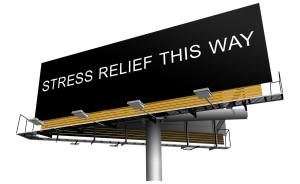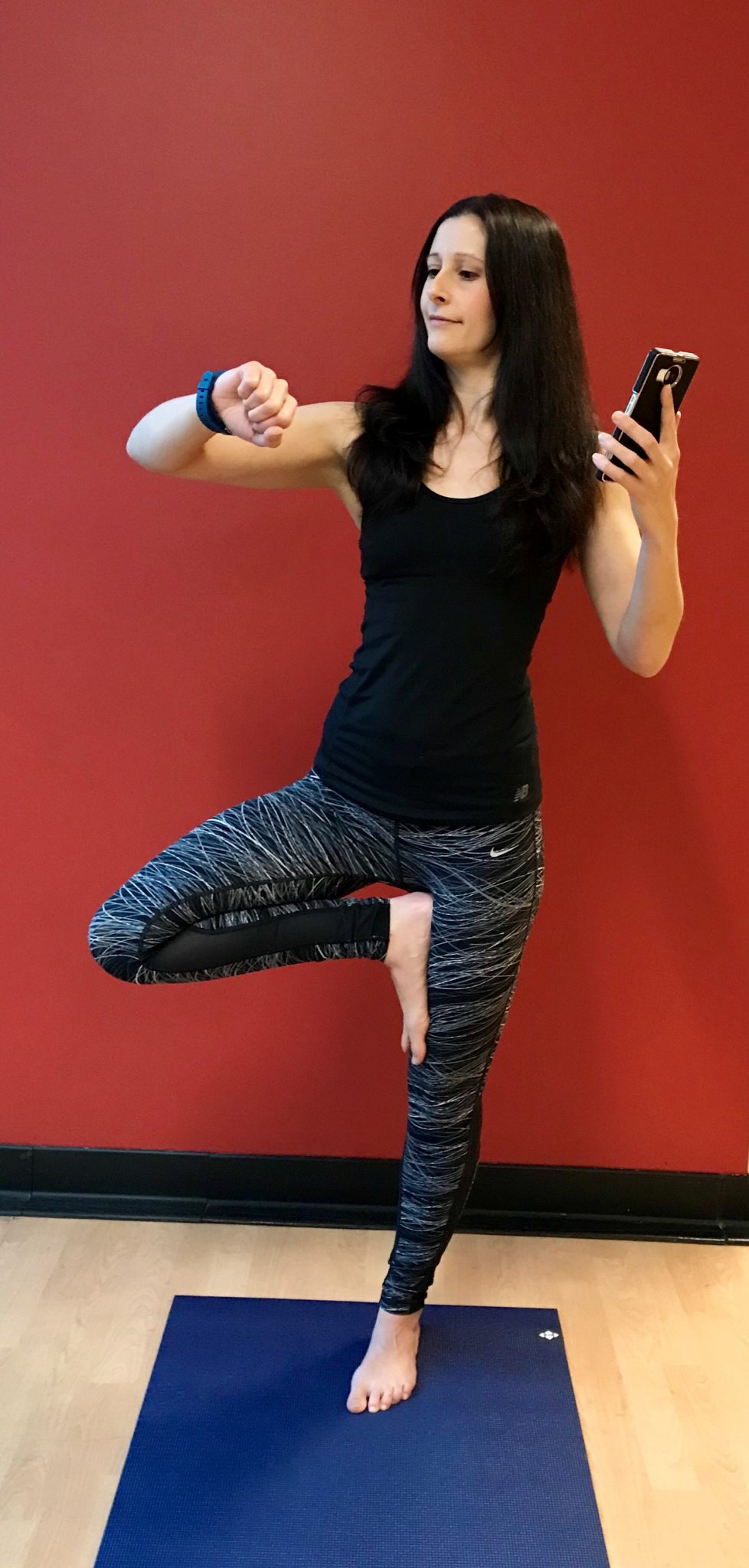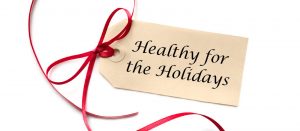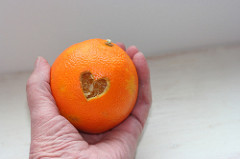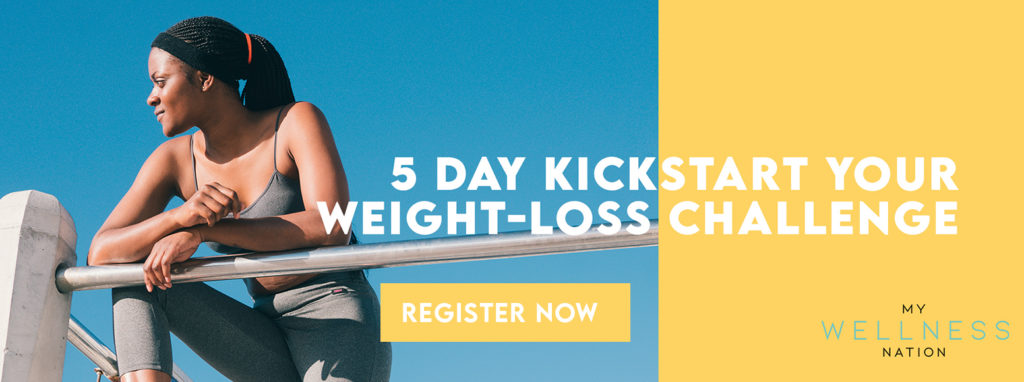Holiday season is upon us and along with joyous festive events comes the challenge in keeping a healthy YOU. Less time to meal prep, tempting goodies all over the office, social outings, alcohol and less time for exercise. This is not a good combination for staying healthy.
Below are some tips for managing the next 4 weeks and entering 2019 feeling fabulous!
- Eat a healthy snack or meal BEFORE you head to that party. A satiating bowl of homemade chili or hearty soup can curb the temptation for goodies.
- Make a healthy dish to take to the pot lucks. Bringing a red pepper hummus and vegetables to dip, spicy homemade nuts, or vegetarian chili means that you know there will be something that you can eat. This is especially important if you are on a restricted diet, vegan, vegetarian, celiac or gluten intolerant.
- Be aware of alcohol consumption: Have a glass of water or sparkling water between each alcoholic cocktail. This will help you to decrease the amount of alcohol you consume and it helps keep you hydrated. Or better yet, volunteer as the designated driver. This can mean a lot fewer calories (sugar) and a better morning! J Often food choices have a direct correlation with the amount of alcohol we consume.
- If you are suffering from digestive issues try having some apple cider vinegar or lemon water about 10 to 30 minutes before you eat. You can take a TBSP of ACV on its own or put it in a glass of warm water. Both ACV and lemon water aid in digestion.
- Plan ahead and use a slow cooker or crock pot for your meals. That way you can be out shopping and come home to a hearty ready to eat meal.
- Ensure you are getting quality sleep. Incorporate a sleep ritual which prepares you for the 7-9 hours recommended to support healthy immune and nervous systems. Turn off the screen time an hour before bed as EMF can disrupt sleep.
- Eat foods that support your immune system. Stress and a busy lifestyle can challenge our immune system. Incorporate garlic, onions, ginger and turmeric into your meals as often as possible. Start your day with warm lemon water with ginger and turmeric. Add fermented foods like kimchi or sauerkraut for healthy gut flora. Red peppers, citrus and berries for Vitamin C and antioxidants. Spinach and broccoli raw or lightly steamed to get the most from their packed nutritional value.
- Eat foods that support your nervous system and limit stimulant intake. Almonds, walnuts, poppy seeds, pumpkin seeds, kelp, leafy greens, cold water fish, ginger and basil are a few ‘nervine’ foods. Snack on some raw almonds, walnuts, pumpkin and sunflower seeds. Replace coffee with green tea to decrease coffee consumption and increase antioxidants.
- Exercise! Don’t miss out on your exercise routine. It may have to alter slightly but if you plan ahead and schedule your workouts they are less likely to be missed. Exercise can be a great stress coping mechanism. Do low intensity if feeling especially stressed and ensure a post workout stretch, relaxation and rehydration.
- Incorporate realistic stress coping strategies. Your usual stress management routines may not be feasible at this time of year. Find moments for down time, deep breathing, walking in nature, gratitude journaling and ‘me’ time. Keeping a positive attitude is proven to decrease the negative effects stress can have on your health.
If you need more individual assistance please contact me.
Let the festivities begin! You are ready!
Happy and Healthy Holidays!
Nancy Coles RHN
nancy@curtishealth.com





